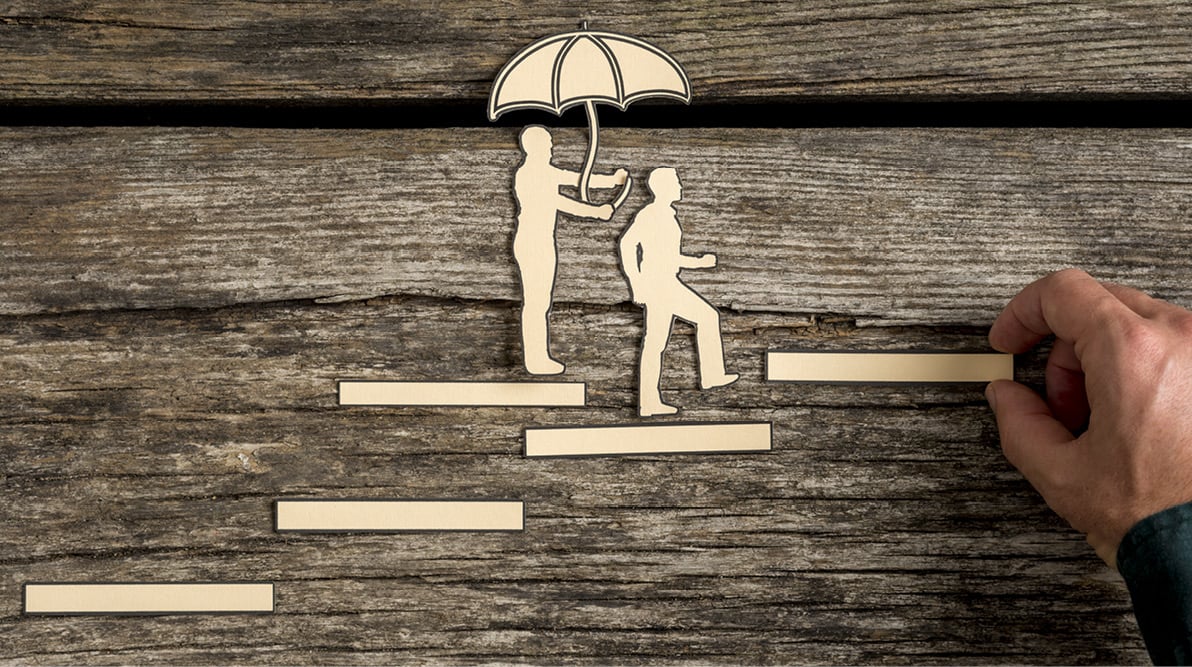Recognizing and Overcoming Bias
Attribute: Fair

Benefits of Knowing Our Biases
Bias is a natural part of the human experience, but recognizing it is essential for fostering fairness and equality. Addressing our biases goes beyond self-improvement, it helps create more inclusive, empathetic interactions and promotes better decision-making. By becoming aware of our biases, we can prevent them from unfairly influencing our actions and develop a deeper understanding of others' perspectives. This heightened self-awareness is key to personal growth, empathy,and stronger, more respectful relationships across diverse backgrounds.
- Promotes Fairness and Equity
When we are aware of our biases, we can prevent them from influencing our decisions and actions. This leads to more equitable treatment of others and promotes fairness in our interactions, whether in personal relationships or professional settings. - Improves Decision-Making
Recognizing biases helps us make more thoughtful, objective and well-rounded decisions. By identifying potential blind spots, we can approach problems with greater clarity and balance, leading to better outcomes. - Fosters Empathy and Understanding
Awareness of biases encourages us to be more empathetic toward others’ experiences and perspectives. This deeper understanding enhances our relationships by fostering compassion, patience and respect for diverse viewpoints. - Encourages Personal Growth
Knowing our biases heightens self-awareness, which is a critical part of personal growth. It allows us to challenge ingrained assumptions, broaden our worldview, and develop a more open-minded approach to life. - Strengthens Relationships
By being aware of our biases, we can communicate more effectively and reduce misunderstandings. This leads to stronger, more trusting relationships with individuals from different backgrounds or perspectives. - Supports Inclusive Environments
Recognizing and addressing our biases helps create more inclusive spaces, where people feel valued and respected regardless of their differences. This contributes to a healthier, more collaborative environment in both personal and professional contexts.
Keep reading ↓
Keep reading ↓
Newsletter
Identifying Your Personal Biases
Consider these questions:
- What influences your snap judgments?
- How comfortable are you with people who are different from your?
- How do you respond to feedback about bias? Think about a time someone pointed out a potential bias in your thinking. Were you open to the feedback or did you react defensively?
- What beliefs or stereotypes have you learned since childhood? Reflect on whether any long-held beliefs or stereotypes might still influence your behavior and attitudes today.
By contemplating these questions, you can uncover underlying biases that may affect your actions and perspectives, helping you grow in self-awareness and empathy.
Keep reading ↓
Addressing Our Biases
- Increase Awareness and Education
Awareness is the first step in addressing bias. Educate yourself about different types of biases, their influence on decision-making, and how they impact interactions. Workshops, books, documentaries, and discussions can help raise awareness and guide personal reflection on your own biases. Regularly engaging with these resources encourages a deeper understanding of how bias operates. - Foster Diverse and Inclusive
Environments Exposing yourself to diverse perspectives is one of the most effective ways to challenge biases. Whether in personal or professional settings, aim to create or participate in groups that are diverse in background, experience, and thought. True inclusivity goes beyond diversity—it’s about making sure all voices are heard and valued. This exposure helps break down preconceptions and expands your understanding of different viewpoints. - Implement Structured Decision-Making
Processes Bias can subtly influence decisions, often without us realizing it. One way to counteract this is by adopting structured decision-making processes that reduce the room for bias. For example, use standardized criteria for evaluations or decisions, seek input from diverse perspectives, and review policies regularly to ensure they are equitable. These strategies help ensure that decisions are based on fairness and objective criteria rather than personal preferences.

Explore the Items
Read each article!
Supporting content
Generosity Articles
Check out the latest blogs to learn more about this topic!

Including Others When Making Decisions

Narcissistic Leadership: Generosity Means Thinking Beyond Yourself

4 Ways You Can Become a More Generous Leader
Bibliography
This article has been inspired by the following sources:
- Forston, M. (2018). A neural network framework for cognitive bias. Frontiers in Psychology, 9, 1561. https://doi.org/10.3389/fpsyg.2018.01561
- Hamblin, J. (2018. The cognitive biases tricking your brain. The Atlantic. https://www.theatlantic.com/magazine/archive/2018/09/cognitive-bias/565775/
- ScreenCloud. (2021). Cognitive biases that ruin your workplace & how to beat them. ScreenCloud Corporate Culture. https://screencloud.com/corporate-culture/cognitive-biases
- Damiano, S. (2020). Helping leaders overcome biases that block true connections. About My Brain Institute. https://www.aboutmybrain.com/blog/helping-leaders-overcome-biases-that-block-true-connections
- Damiano, S. (2019). Challenge your unconscious bias. About My Brain Institute. https://www.aboutmybrain.com/blog/challenge-your-unconscious-bias
- Damiano, S. (2019). Are you a biased leader? About My Brain Institute. https://www.aboutmybrain.com/blog/are-you-a-biased-leader

